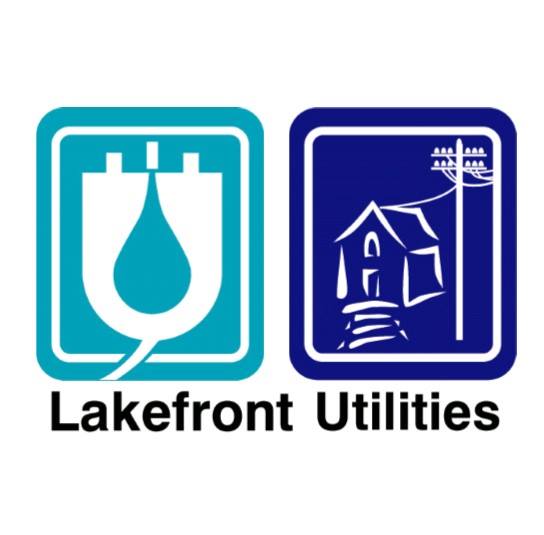Reduce Your Costs & CO2

Tend your furnace
New high-efficiency furnaces use the least amount of energy, but older models can also be made more efficient. Annual servicing by a professional is the first step. That will involve cleaning the parts you can’t see or reach and making sure it isn’t working harder than it has to. For your part, replacing filters every three months or more often if you’ve done renovations or have pets ensures air moves easily into the unit and prolongs its life.
Wrap the water heater
On-demand water heaters are often the most efficient choice, since water isn’t being heated when not in use. For electric hot water tanks, try wrapping it in an insulating blanket to reduce heat loss.
Seal duct work
Hot air can escape through joints in ductwork. That means you’re paying to heat places you don’t want to (for instance, an unfinished basement) and not getting heat to areas you do (upper floor rooms). Applying heating-vent tape to all visible joints will help.
Test windows and doors
Without an airtight seal, you’re wasting energy when heating and cooling your home. Check for drafts by holding a lit candle around window frames and doors. If it flickers, you have a draft. Use caulking around frames, install or replace weather stripping, and add a door sweep. In colder months, exterior window film will increase efficiency even further.
Use ceiling fans
Ceiling fans are great when you need to cool bedrooms but not the whole house with the air conditioner, especially at night. The fan will also help in cold months most come with a reverse option that pushes hot air down into the room.
Run large appliances during off-peak hours
The washer, dryer, and dishwasher all use a lot of energy and often run for long periods. Try shifting your schedule to wash clothes or dishes during off-peak hours, typically after 7p.m. or any time on weekends and when energy costs are at their lowest. Also consider using the air-dry option on the dishwasher and washing clothes on a shorter cycle.
Install a clothesline
Dryers can account for up to six per cent of a home’s total energy use. Hang your clothes outside in warm months and inside to air dry during the winter when possible.
Clean large appliances
When the vent at the back of the refrigerator and the clothes dryer exhaust get clogged with dust, the motors work harder, requiring more energy. Vacuum those areas a couple of times a year.
Automate usage
A programmable thermostat can reduce heating and cooling costs by up to 10 per cent if you adjust the temperature for hours you’re away or sleeping. For lights, install dimmer switches and motion sensors that turn off when you leave the room.
.
Fight phantom power consumption
Plug countertop appliances and electronics into a power bar and program it to switch off at night. Remember that televisions, cable boxes, PVRs and game consoles suck energy even when not in use. If you have them all on a single power bar, it’s easy to switch off before everyone goes to bed.
Watch the chargers
Plugged in chargers draw power even when no device is attached. Once your phone, tablet or other devices is fully charged, unplug it it keeps drawing energy if you don’t.
Invest in an energy audit
Once you’ve done everything you can accomplish yourself, a professional can tell you where there is room for improvement and more savings.
